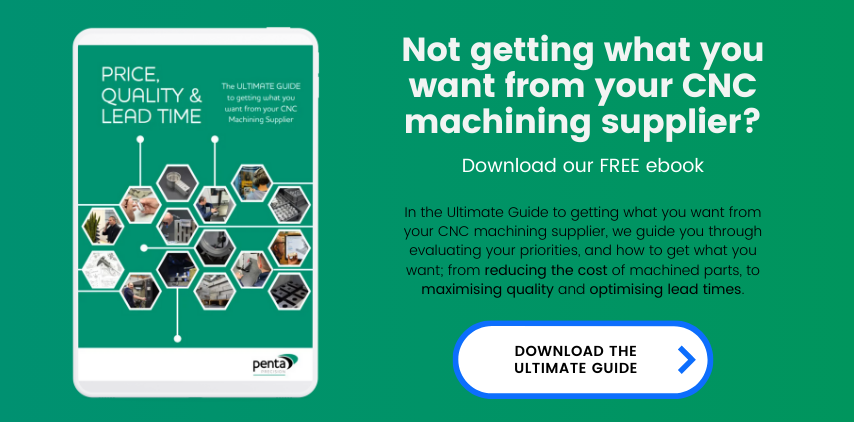 Contact us
Contact us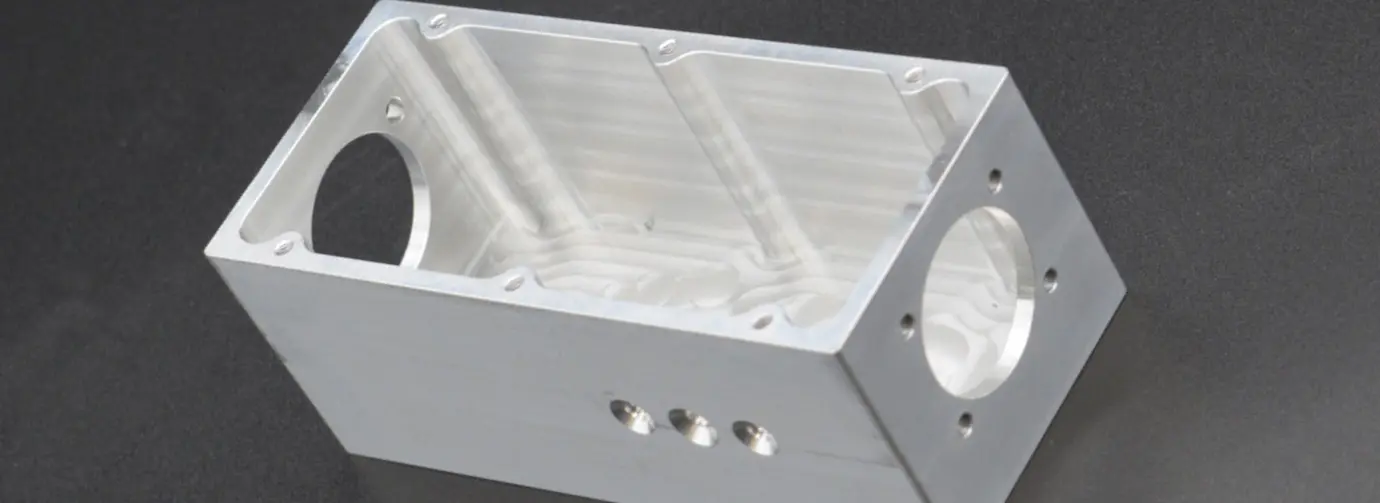

Choosing the right manufacturing method for your enclosure is crucial. Each technique offers distinct advantages and limitations, impacting factors like cost, material compatibility, and production speed. Understanding these differences will help you make an informed decision that aligns with your project's requirements.
CNC machining is a subtractive manufacturing method. It uses computer-controlled tools to shape parts by removing material from a solid block. This process ensures excellent precision and repeatability, which makes it well-suited for electronic component manufacturing.
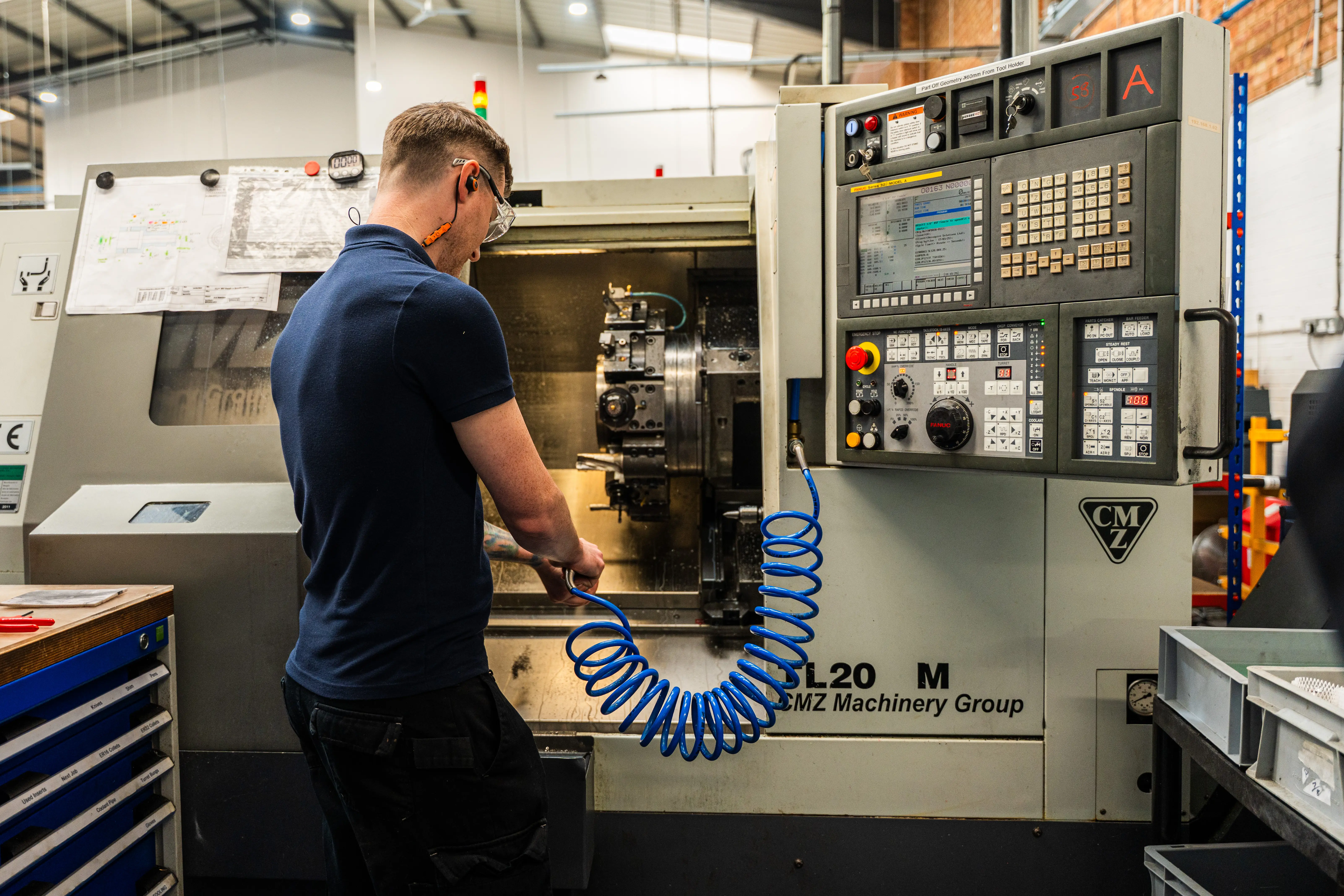
CNC machining offers many advantages for manufacturing enclosures. It combines precision, flexibility, and high-quality results in one process. You can explore these topics in more detail by visiting the CNC machining guide.
CNC machining can achieve extremely tight tolerances for precise parts. This is crucial when you need your machine enclosure to fit perfectly in its final application. It's especially beneficial for complex shapes and tight fits.
CNC machining doesn’t require expensive tooling, which keeps upfront costs low. It’s cost-effective for prototypes, small batches, and even medium-scale runs. This also makes it easier to adjust designs without big expenses.
CNC machining is fast once your setup is complete. It can produce multiple enclosures quickly, helping you meet tight deadlines. This speed is ideal for both prototyping and small production runs.
CNC machining creates parts with excellent surface finishes and high strength. This ensures that your machine enclosure is reliable and looks professional. It’s a popular choice when quality really matters.
You have a wide choice of materials with CNC machining. It works with metals like aluminium and stainless steel, as well as engineering plastics. This flexibility makes it easy to meet your enclosure’s performance and cost goals.
Injection moulding is a popular manufacturing method for plastic enclosures. It uses molten material injected into a mould to create the desired shape. This process is perfect for creating multiple identical enclosures quickly and cost-effectively.

Injection moulding offers several advantages for manufacturing enclosures. It’s especially useful when you need to produce parts in large quantities. These benefits make it a great option for many manufacturing enclosure projects.
Injection moulding is cost-effective when producing high volumes. The tooling costs are spread out over many parts, reducing the per-unit cost. This can make it the most economical choice for large-scale production.
This process creates very little waste compared to other manufacturing methods. Excess material can be reused or recycled, which helps save money. It also reduces environmental impact, making it a greener choice.
Injection moulding produces parts that are nearly identical every time. This level of consistency is important for machine enclosures that need to fit together precisely. Reliable results mean you can trust your final product to perform well.
Injection moulding uses engineering plastics like ABS, polycarbonate, and nylon. These materials offer good strength, flexibility, and heat resistance. The right choice depends on your enclosure’s needs.
3D printing is a modern manufacturing method that builds enclosures layer by layer from a digital model. This technique is perfect for creating complex designs that traditional methods might struggle with. It also eliminates the need for expensive tooling, making it ideal for early testing and prototypes.
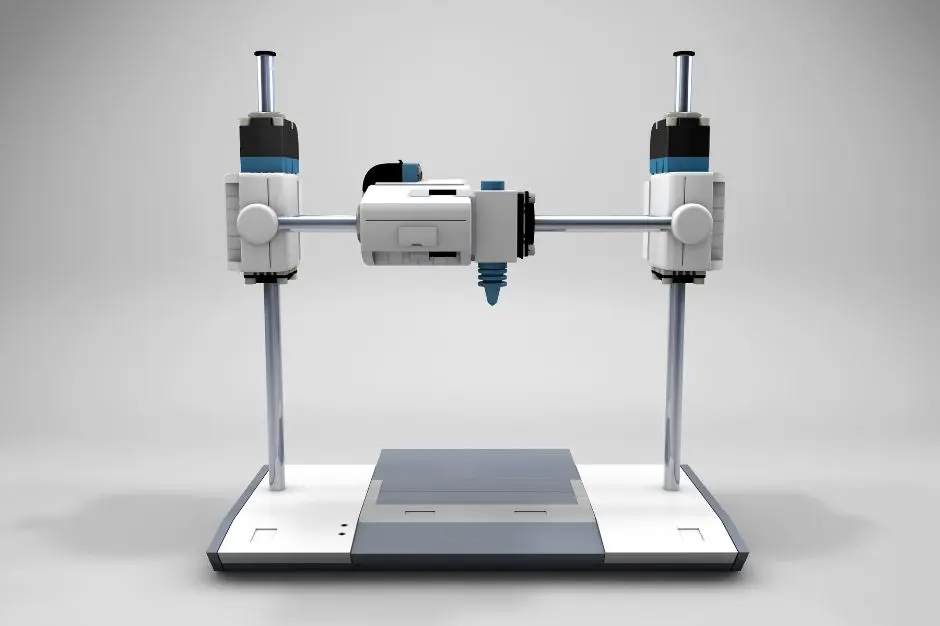
3D printing offers unique benefits for creating enclosures. It’s particularly suited for prototypes and complex geometries. This flexibility makes it a valuable tool in early-stage design and testing.
3D printing can handle intricate shapes and detailed features. It’s great for creating designs that would be impossible or very costly to make with traditional methods. This opens up new possibilities for innovative designs.
There are many options for connecting 3D-printed parts. Snap-fits, threaded inserts, and interlocking joints can all be created directly in the design. This reduces assembly steps and simplifies your manufacturing enclosure project.
3D printing is perfect for small runs and prototypes. It doesn’t require expensive tooling or long setup times. This makes it ideal for testing and refining your design before scaling up.
3D printing can deliver finished parts in just a few hours or days. Quick turnaround times let you test and improve your design fast. This is especially useful for rapid prototyping and short deadlines.
Materials like PLA, ABS, PETG, and nylon are common. They offer different levels of strength, heat resistance, and flexibility. Choose the right one for your manufacturing enclosure project.
Sheet metal fabrication involves cutting and bending metal sheets to create strong enclosures. It’s a reliable method for producing durable machine enclosures. This makes it a great option for simple designs and large-scale production runs.
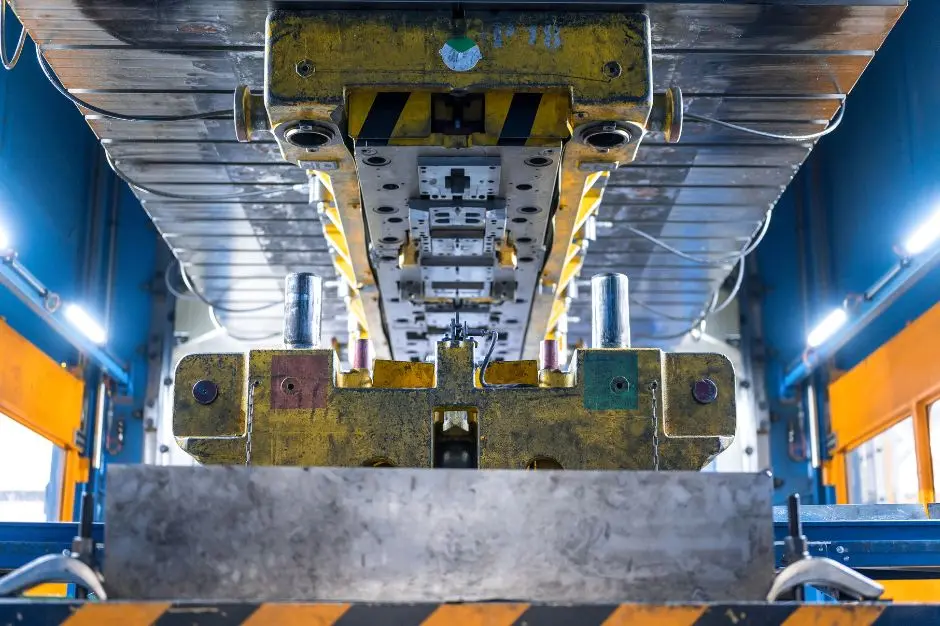
Sheet metal fabrication offers many advantages when making machine enclosures. It combines affordability, strength, and lightweight designs for various applications. These benefits make it a popular choice for many manufacturing enclosure projects.
Sheet metal enclosures can achieve a polished, professional appearance. Powder coating and other finishes add durability and weather resistance. This is especially important for parts that will be seen by customers.
Aluminium sheet metal enclosures are very lightweight and easy to handle. This can be crucial in applications where reducing weight matters most. They’re also corrosion-resistant, making them suitable for harsh environments.
Sheet metal fabrication keeps costs low for both prototypes and large production runs. It’s efficient to scale up when demand increases. This makes it an attractive choice for enclosure machining when you need to control costs.
Materials like aluminium and steel are usually cost-effective for sheet metal fabrication. Using materials that are already in stock can help reduce lead times. These affordable options help you meet your budget and schedule needs.
Each method offers unique benefits for enclosure machining. CNC machining is ideal for high precision and low to medium batches. Injection moulding is best for large-scale production.
3D printing excels at prototyping and testing complex geometries. Sheet metal fabrication suits simple shapes and high-volume metal enclosures. Your decision depends on batch size, material needs, and budget and it is best to always discuss this with your machine enclosures service provider.

Have you decided CNC machining is the best manufacturing process for your enclosure? Or perhaps you’re still deciding and would like a chat to discuss whether CNC machining is aligned with your project goals?
Here at Penta, we understand that there are a lot of considerations and want to help you make the right decision for you. Our experienced estimators are on hand to chat. Give us a call on 023 9266 8334.
Ready to get started? Get your quote now!
